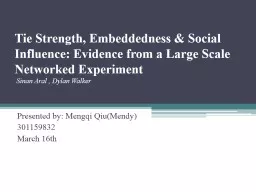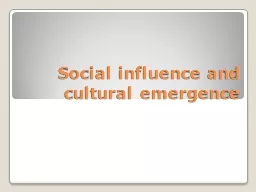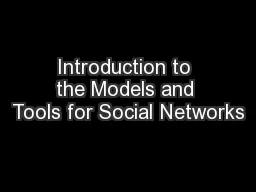PPT-Social Influence Lesson 4
Author : natalia-silvester | Published Date : 2018-10-29
Answer the two scenario questions on page 10 of your booklets about why people conform Starter Would you trust someone elses answer more than your own when you havent
Presentation Embed Code
Download Presentation
Download Presentation The PPT/PDF document "Social Influence Lesson 4" is the property of its rightful owner. Permission is granted to download and print the materials on this website for personal, non-commercial use only, and to display it on your personal computer provided you do not modify the materials and that you retain all copyright notices contained in the materials. By downloading content from our website, you accept the terms of this agreement.
Social Influence Lesson 4: Transcript
Download Rules Of Document
"Social Influence Lesson 4"The content belongs to its owner. You may download and print it for personal use, without modification, and keep all copyright notices. By downloading, you agree to these terms.
Related Documents














